audi q5 255/45r20 tyre pressure – A Simple Guide!
Keeping the right tyre strain for your Audi Q5 is essential for safety, saving fuel, and making your tyres remain longer. If your audi q5 255/45r20 tyre pressure, this convenient information will assist you apprehend tyre strain better.
After I started checking the tire pressure on my audi q5 255/45r20 tyre pressure regularly, I noticed a big difference in how the car handles. The ride is smoother, and I save on fuel too! Keeping the tyres properly inflated really improves safety and comfort.
Stay tuned with us as we continue to share more tips, tricks, and advice on maintaining your audi q5 255/45r20 tyre pressure. From tyre pressure to overall car care, we’ve got you covered!
What is Tyre Pressure?
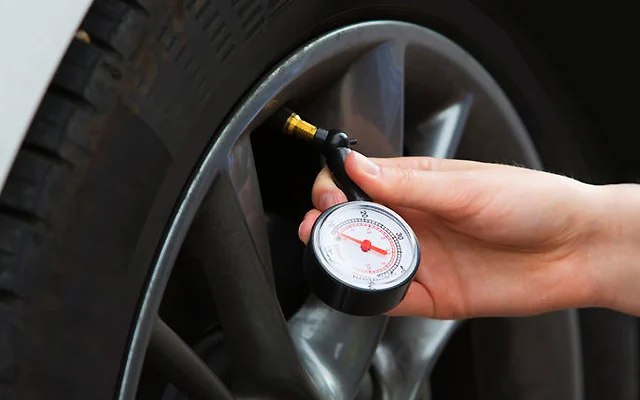
Tyre strain is the quantity of air in your tyres. It’s measured in PSI (pounds per rectangular inch). The proper tyre strain offers higher grip, clean handling, and a blissful ride. Too a lot or too little air can motivate troubles like uneven wear, terrible gas efficiency, or even a tyre blowout.
Tyre Pressure for Audi Q5 255/45R20 Tyres
The advocated tyre stress for audi q5 255/45r20 tyre pressure on an Audi Q5 is usually:
- Front Tyres: 34-36 PSI
- Rear Tyres: 36-38 PSI
These values may be additionally range if the vehicle is carrying extra passengers or luggage. Check your car’s guide or the decal on the driver’s door for the specific numbers.
Why is Correct Tyre Pressure Important?
Here are some motives to hold the proper tyre pressure:
- Safety: It helps you manipulate your auto better.
- Save Fuel: Properly inflated tyres enhance gas economy.
- Longer Tyre Life: Tyres put on evenly and ultimately longer.
- Comfort: You get a smoother ride.
Where to Find Tyre Pressure Information?
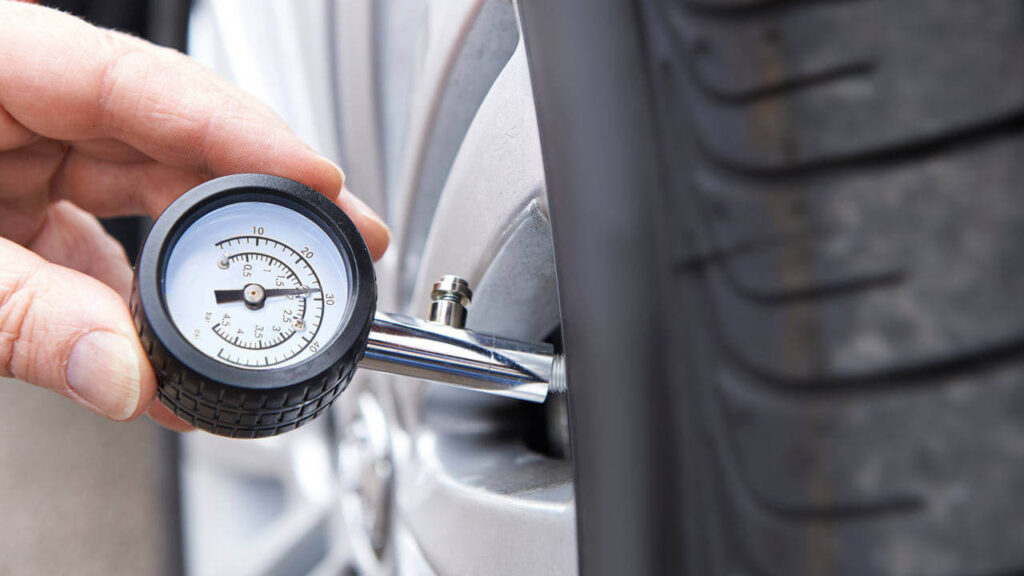
- Car Manual: Look in the owner’s guide for tyre strain details.
- Driver’s Door Sticker: Open the driver’s door to locate a sticky label with endorsed pressures.
- Fuel Cap Area: Some Audi motors have these statistics inside the gasoline filler flap.
How to Check Tyre Pressure
Checking tyre strain is simple. Follow these steps:
- Get a Tyre Pressure Gauge: Buy one from a save or online.
- Check When Tyres Are Cold: Do this earlier than using or after the vehicle has been parked for a while.
- Remove the Valve Cap: Unscrew the small cap on the tyre valve.
- Use the Gauge: Press the gauge onto the valve to get a reading.
- Adjust Pressure: Add air if it’s too low or launch air if it’s too high.
- Replace the Cap: Put the cap again on the valve.
Signs of Wrong Tyre Pressure
Low Tyre Pressure:
- Tyres appear flat or saggy.
- Car feels tougher to steer.
- Uses greater fuel.
- Tyres put on out on the edges faster.
High Tyre Pressure:
- Bumpy or uncomfortable ride.
- Less grip, specially on moist roads.
- Tyres put on out in the center faster.
How Often Should You Check Tyre Pressure?
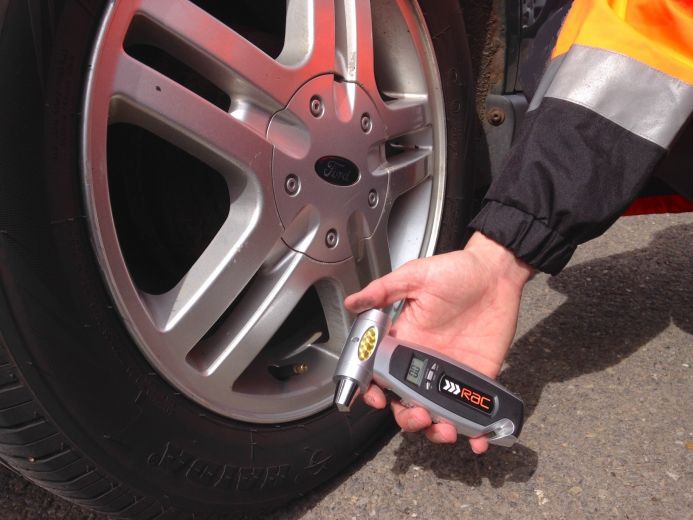
Check your tyre pressure:
- At least as soon as a month.
- Before lengthy trips.
- If the vehicle feels uncommon whilst driving.
Adjusting Tyre Pressure for Different Conditions
- Carrying Heavy Loads: Add a little extra air if the auto is full of passengers or luggage.
- Cold Weather: Check extra frequently in iciness due to the fact bloodless air lowers tyre pressure.
- High-Speed Driving: Use the greater cease of the endorsed strain for dual carriageway driving.
Tools You Need
- Tyre Pressure Gauge: To take a look at the pressure.
- Air Pump: To add air. Available at domestic or petrol stations.
- Repair Kit: Handy for fixing small punctures.
Problems with Wrong Tyre Pressure
- Low Pressure: Tyres can overheat, put on out faster, and use extra fuel.
- High Pressure: Tyres lose grip, put on unevenly, and make the automobile more difficult to handle.
Final Tips for Tyre Pressure
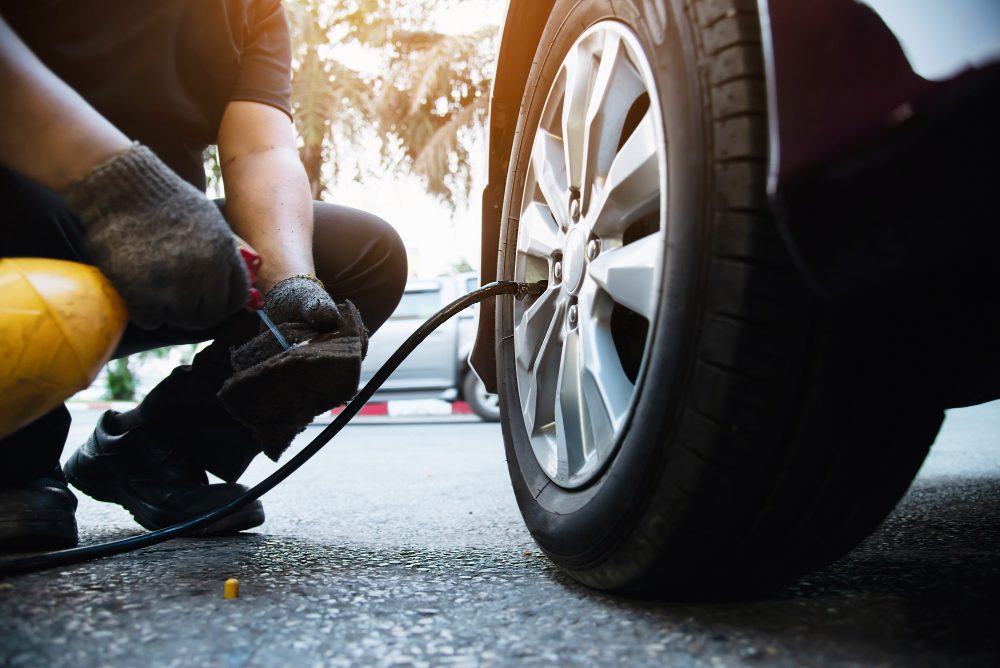
- Check tyre strain each and every month.
- Follow the advocated stress in your guide or sticker.
- Keep a gauge in your vehicle for speedy checks.
- Don’t overlook taking a look at the spare tyre.
By maintaining the tyre stress right for your audi q5 255/45r20 tyre pressure, you’ll have a safer, greater comfortable, and not pricey using experience. Regular assessments solely take a few minutes and make a massive difference!
Faqs:
1. Can Front and Rear Tyres Have Different Pressures?
Yes, they can. Check the guide or sticky label for details.
2. What if I Don’t Have a Tyre Gauge?
Visit a petrol station or provider in the centre. They have gauges and air pumps.
3. Can I Check Tyre Pressure After Driving?
It’s better to test when the tires are bloodless for a correct reading.
4. Do New Tyres Need Different Pressure?
No, use the identical encouraged stress until the tyre provider says otherwise.
5. How Do I Know When to Replace Tyres?
Check the tread depth. If it’s beneath 1.6mm, change the tyres. Also, watch for cracks or bulges.
Conclusion:
Maintaining the correct tyre pressure for your audi q5 255/45r20 tyre pressure is simple but very important. It keeps you safe, saves money on fuel, and extends the life of your tires. Make it a habit to check the pressure regularly, especially before long trips or during changes in weather. By doing so, you’ll enjoy a smoother, safer, and more efficient driving experience. Regular care goes a long way in ensuring your car performs at its best.
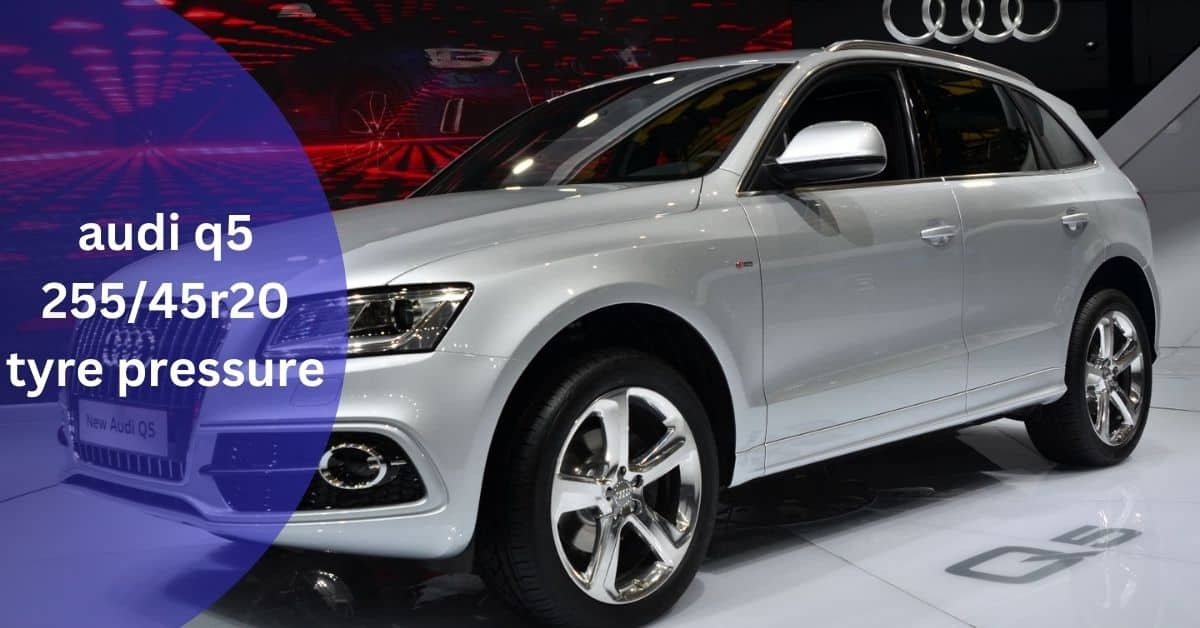



Post Comment